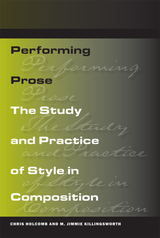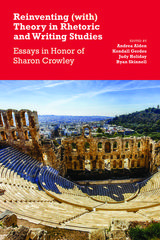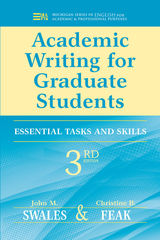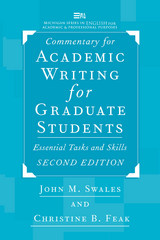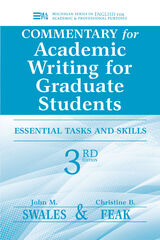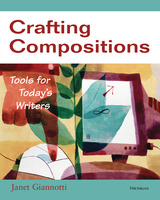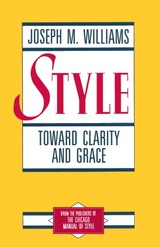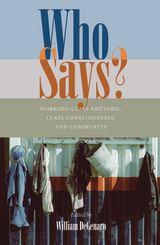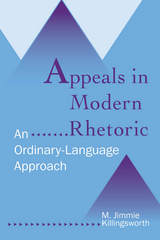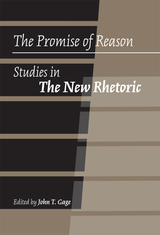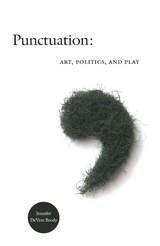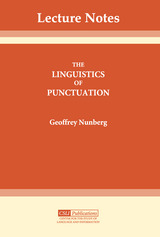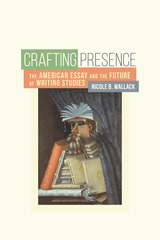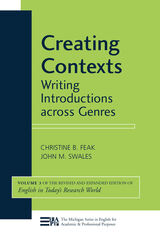Who Says?: Working-Class Rhetoric, Class Consciousness, and Community
University of Pittsburgh Press, 2007
eISBN: 978-0-8229-7310-2 | Paper: 978-0-8229-5938-0
Library of Congress Classification PE1422.W56 2007
Dewey Decimal Classification 420.141
eISBN: 978-0-8229-7310-2 | Paper: 978-0-8229-5938-0
Library of Congress Classification PE1422.W56 2007
Dewey Decimal Classification 420.141
ABOUT THIS BOOK | AUTHOR BIOGRAPHY | REVIEWS | TOC | REQUEST ACCESSIBLE FILE
ABOUT THIS BOOK
In Who Says?, scholars of rhetoric, composition, and communications seek to revise the elitist “rhetorical tradition” by analyzing diverse topics such as settlement house movements and hip-hop culture to uncover how communities use discourse to construct working-class identity. The contributors examine the language of workers at a concrete pour, depictions of long-haul truckers, a comic book series published by the CIO, the transgressive “fat” bodies of Roseanne and Anna Nicole Smith, and even reality television to provide rich insights into working-class rhetorics. The chapters identify working-class tropes and discursive strategies, and connect working-class identity to issues of race, gender, and sexuality. Using a variety of approaches including ethnography, research in historic archives, and analysis of case studies, Who Says? assembles an original and comprehensive collection that is accessible to both students and scholars of class studies and rhetoric.
See other books on: Community | Consciousness | Discourse analysis | Social Classes & Economic Disparity | Variation
See other titles from University of Pittsburgh Press



